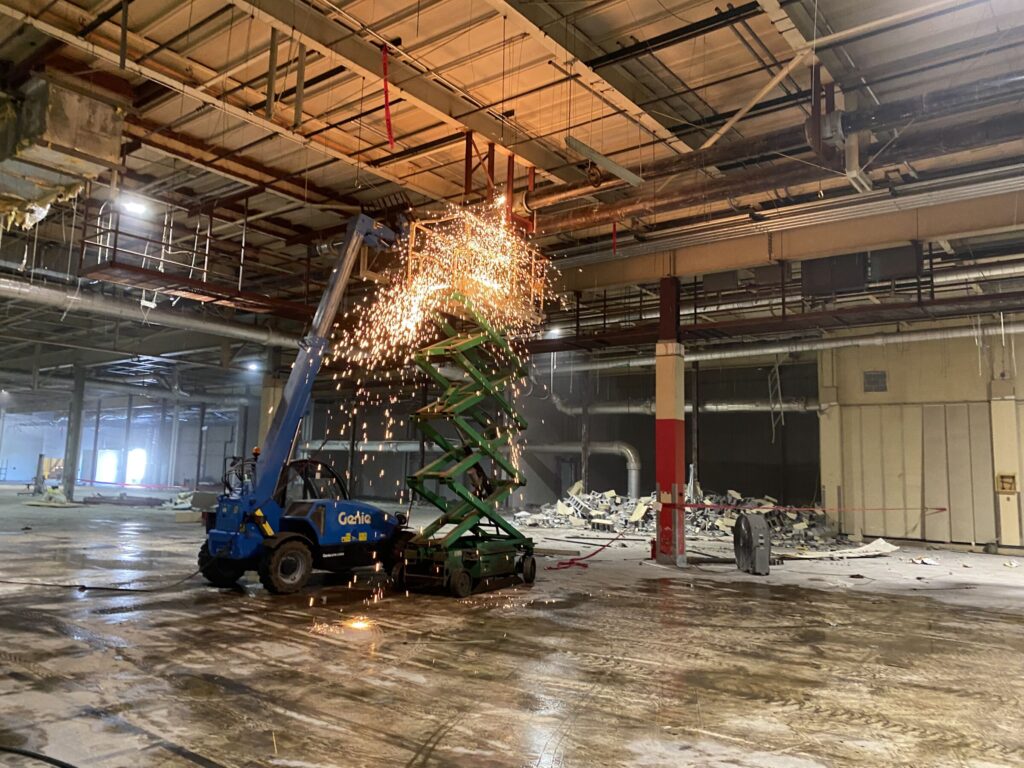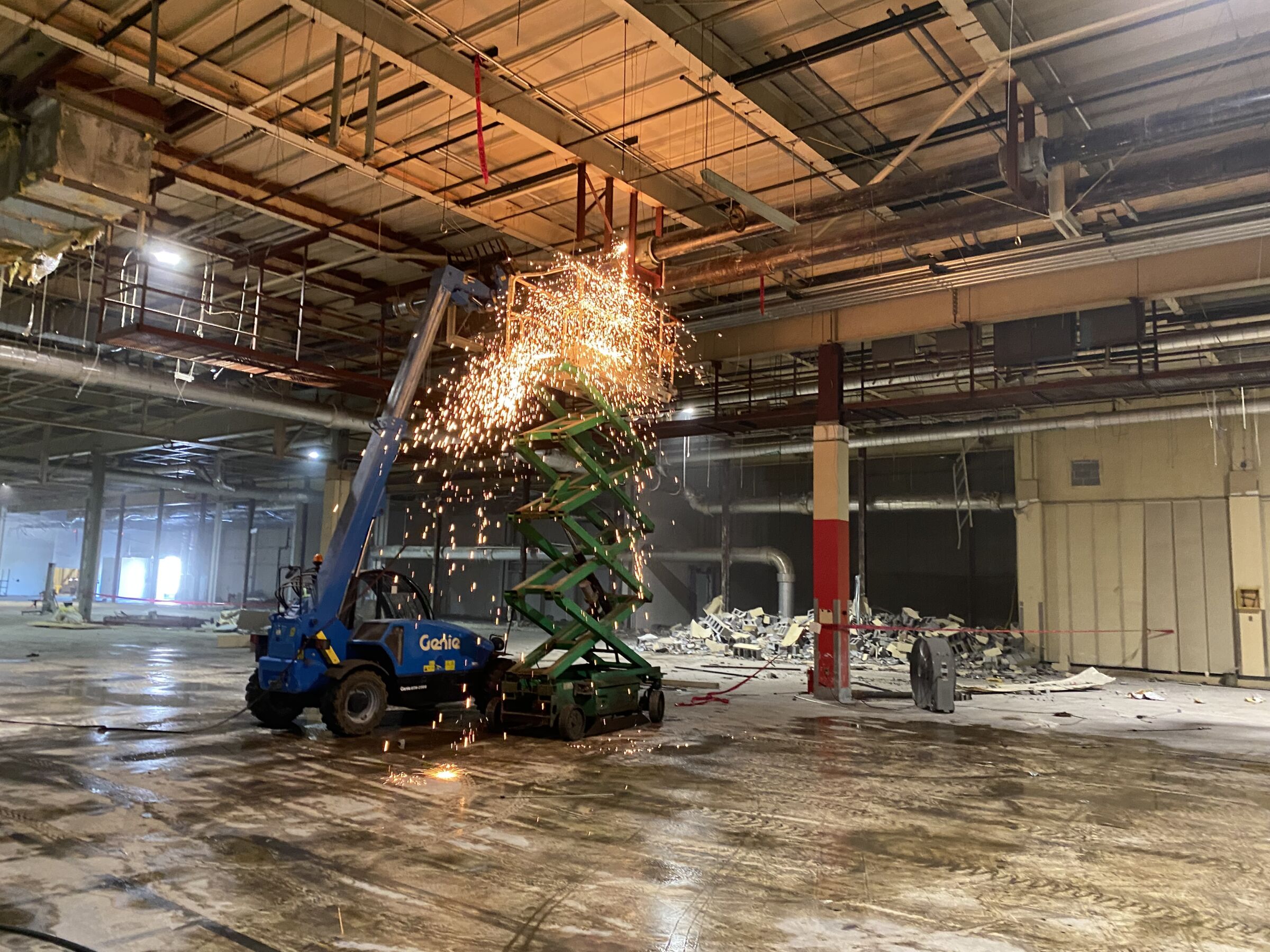The Rise of Cold Storage Conversions

The construction industry is witnessing a significant trend: the conversion of old industrial buildings into cold storage facilities. As the demand for temperature-controlled warehousing skyrockets, clients are increasingly re-purposing existing spaces rather than building new facilities from the ground up. This shift is driven by a combination of market forces, cost efficiencies, and sustainability considerations.
The Surge in Cold Storage Demand
The explosion of e-commerce, particularly in the grocery and pharmaceutical sectors, has intensified the need for cold storage. Consumers now expect faster delivery of perishable goods, leading retailers and suppliers to expand their refrigerated warehousing capabilities. Additionally, the COVID-19 pandemic highlighted vulnerabilities in the supply chain, prompting businesses to invest in more localized cold storage solutions to improve resilience.
Why Convert Instead of Build?
Re-purposing industrial buildings for cold storage offers several advantages:
- Speed to Market: Converting an existing structure significantly reduces project timelines compared to new construction, allowing companies to meet demand faster.
- Cost Savings: Renovations often cost less than a new build, especially when structural elements like foundations and roofs are in good condition.
- Prime Locations: Many industrial buildings are already situated in logistically friendly areas, close to major highways, rail lines, and urban centers.
- Sustainability Benefits: Adaptive reuse reduces material waste and the carbon footprint associated with new construction, aligning with growing environmental commitments.
Some Common Challenges in Conversions
Despite the benefits, transforming an industrial space into a cold storage facility presents unique challenges:
- Insulation & Temperature Control: Older buildings require extensive insulation upgrades and specialized HVAC systems to maintain consistent temperatures.
- Flooring & Structural Reinforcement: Cold storage operations demand reinforced flooring that can withstand heavy loads and extreme temperature shifts.
- Energy Efficiency: Retrofitting buildings with modern refrigeration and energy-efficient systems is crucial to managing operational costs.
- Compliance & Permitting: Meeting strict food safety and pharmaceutical storage regulations require significant planning and adherence to industry standards.
Case Study: Converting Industrial Space for a Large Mexican Food Distributor
Blum recently partnered with Purple Crow, one of the nation’s largest Mexican food distributors, to transform an aging industrial cigarette plant once owned by R.J. Reynolds into a new headquarters, warehouse, and state-of-the-art cold storage facility. The client, specializing in the import and distribution of fresh and frozen Mexican food products, needed a temperature-controlled space to maintain product integrity while ensuring efficient logistics.
Key Challenges & Solutions
Speed to Market
Converting a pre-existing space saved our client over six months in construction time compared to building a new facility from scratch.
Cost Savings & Infrastructure
The client purchased previously vacant property at a significant discount. Since the main plumbing and power infrastructure were already in place, they avoided costly new utility work and connection fees.
Structural Integrity
Although the existing facility lacked the standard ceiling height of modern storage facilities, our pre-planning and pre-construction process maximized the usable space to meet their needs.
Flooring & Reinforcement
Instead of tearing out the existing concrete slab, we were able to build the freezer slab over it, leading to significant savings.
Fire Protection Upgrades
We tied into and updated the existing water system at the riser, allowing us to install ESFR (Early Suppression, Fast Response) sprinkler heads.
Electrical System Modernization
The previous owner owned all electrical equipment from the property line into the facility, with a voltage of 600 volts—much higher than needed. We worked with Duke Energy to update the power system, moving much of the risk from the owner to the utility.
Loading Dock Retrofit
A pre-existing dock was retrofitted with necessary machinery, and we poured a new concrete pad to support additional weight loads and increased traffic.
Upgraded Insulation & HVAC System
We installed modern HVAC and refrigeration systems and upgraded insulation to ensure reliable temperature control. In this process, we focused on minimizing temperature differentials since the cold storage areas were located inside the same facility as storage and office space, ensuring energy efficiency and operational stability. Additionally, we updated the building to meet all modern minimum safety codes.
Through strategic planning and innovative solutions, Blum Construction successfully delivered a cold storage conversion that allowed the client to expand operations and improve supply chain efficiency while maximizing the use of an existing industrial space.
The Future of Cold Storage Conversions
With supply chain dynamics continuing to evolve, we expect this trend to gain momentum. Developers, contractors, and facility owners who can successfully navigate the complexities of cold storage conversions will be well-positioned to capitalize on this growing market.
At Blum, we understand the intricacies of re-purposing industrial spaces for specialized uses. As the industry adapts to these shifting demands, we’re here to help clients maximize the potential of their existing assets.



